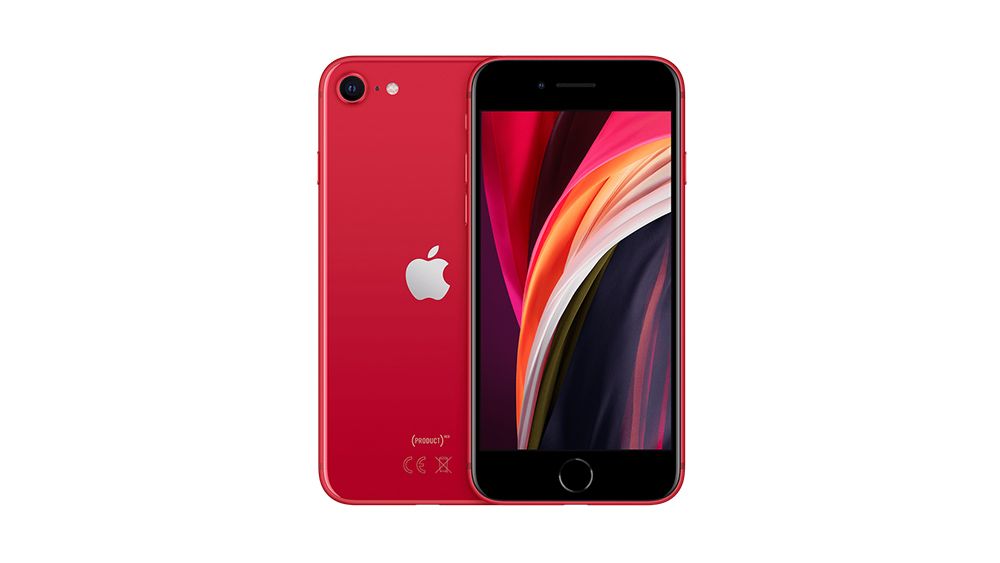New iPhone SE: smaller and cheaper but just as powerful
Apple has finally taken the wraps off its iPhone SE 2020

After weeks (which have felt like months) of iPhone SE 2020 rumours, Apple has finally drawn the curtain on its latest small, more affordable iPhone model.
The new sequel to the 2016-launched iPhone SE (which is just called 'iPhone SE', just like its predecessor) sports a 4.7in Retina HD display that supports Dolby Vision and HDR10, features Apple’s Touch ID fingerprint scanner and up to 256GB of storage – all in-line with the rumours and leaks revealed in the build up to today’s official announcement.
The second-gen iPhone SE is powered by the same Apple A13 Bionic chip found in the 11 and 11 Pro, making it among the fastest and most powerful iPhone out there (although not for long if the A14 Bionic chip rumoured for the 2020 iPhone 12 transpire). It’s compatible with Qi-certified wireless chargers, too, which are able to replenish 50 per cent of the phone’s battery in 30 minutes.
The iPhone SE utilises what Apple is heralding the best ever single-camera system in an iPhone, with the 12MP wide lens complemented by Apple’s Portrait mode, all six Portrait Lighting effects and Depth Control. Video capture, meanwhile, is possible up to 4K/60fps.
Its aluminium and glass design is water- and dust-resistant to the industry’s IP67 rating and is available in black, white and red.
The iPhone SE will be available to pre-order on apple.com and the Apple Store app from 1pm BST this Friday (17th), with availability following a week later on the 24th.
So, the all-important issue of pricing. The cheapest (64GB) model costs £419 ($399), while the 128GB and 256GB variants are priced £469 ($449) and £569 ($549) respectively. These figures are only slightly up from those attached to the original iPhone SE, with Apple welcomely retaining the position of the SE far below that of its 11 and even midrange XR.
Get the What Hi-Fi? Newsletter
The latest hi-fi, home cinema and tech news, reviews, buying advice and deals, direct to your inbox.
MORE:
Smaller HomePod due later this year will feature new Apple Tags tracker
Becky is the managing editor of What Hi-Fi? and, since her recent move to Melbourne, also the editor of the brand's sister magazines Down Under – Australian Hi-Fi and Audio Esoterica. During her 11+ years in the hi-fi industry, she has reviewed all manner of audio gear, from budget amplifiers to high-end speakers, and particularly specialises in headphones and head-fi devices. In her spare time, Becky can often be found running, watching Liverpool FC and horror movies, and hunting for gluten-free cake.
-
Quadraphonic Lets see if the “Made in China” gets any pushbackReply
by consumers . Hope Apple are thinking about other sourcing areas ?
